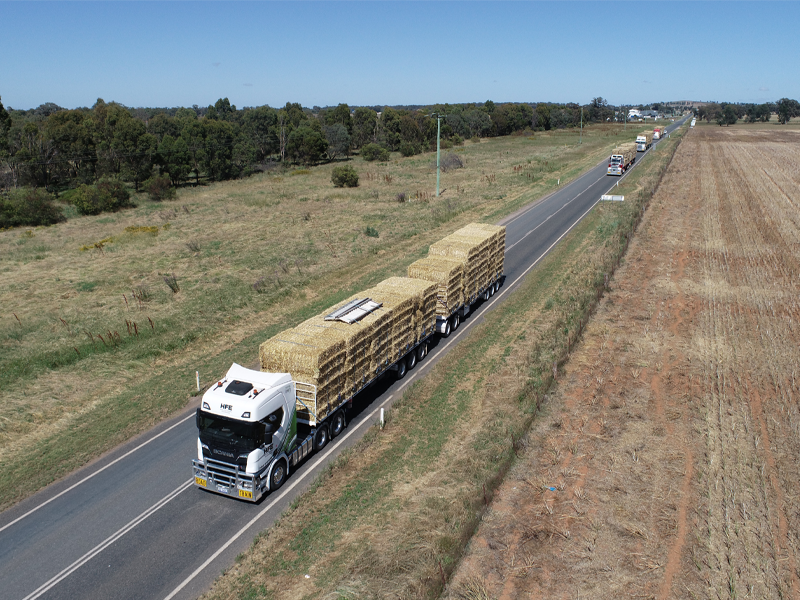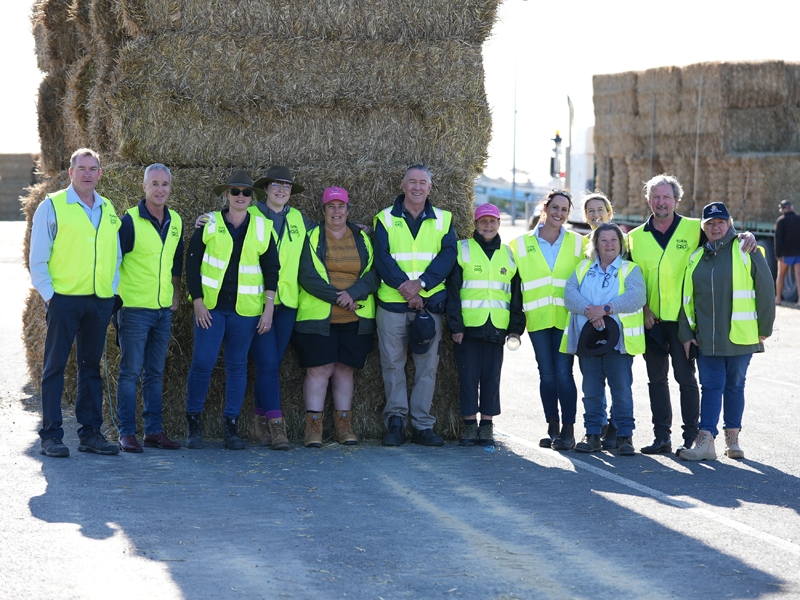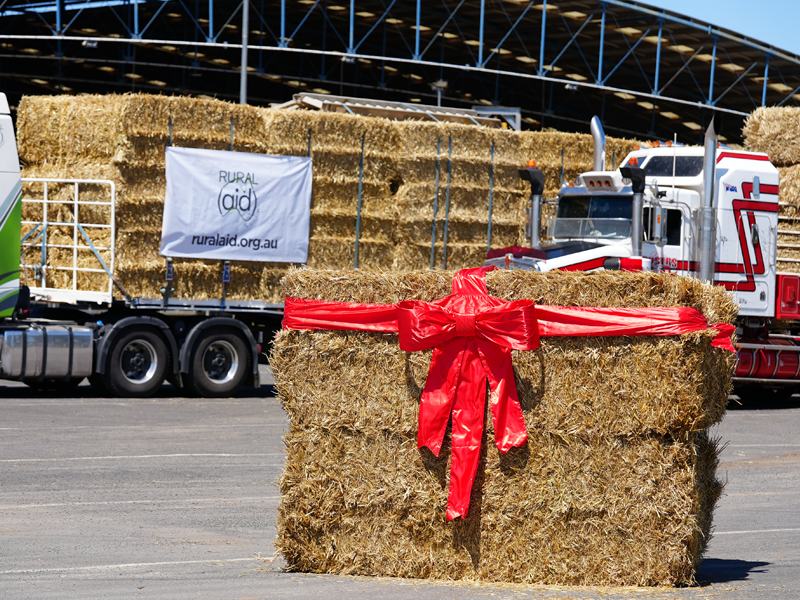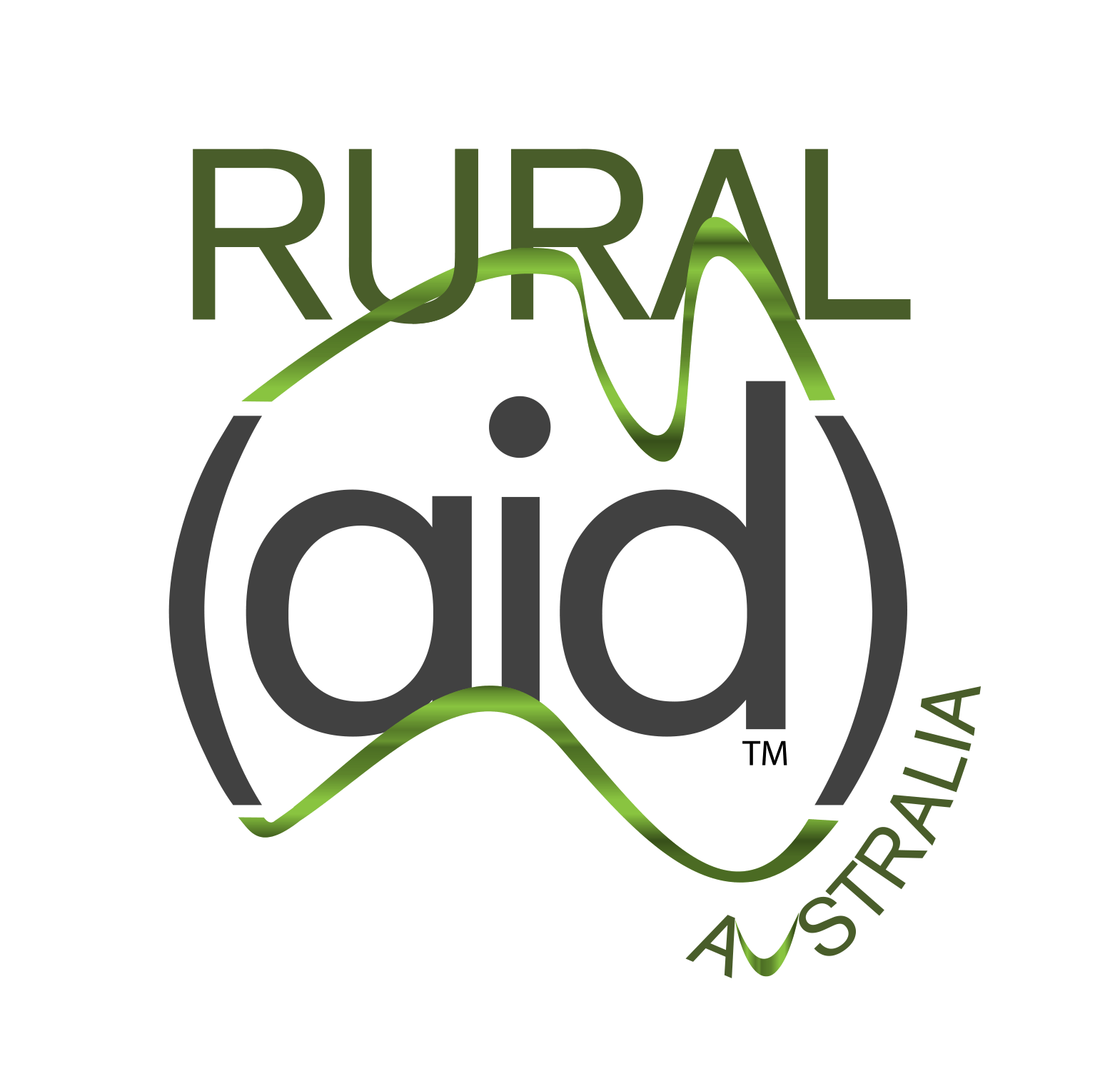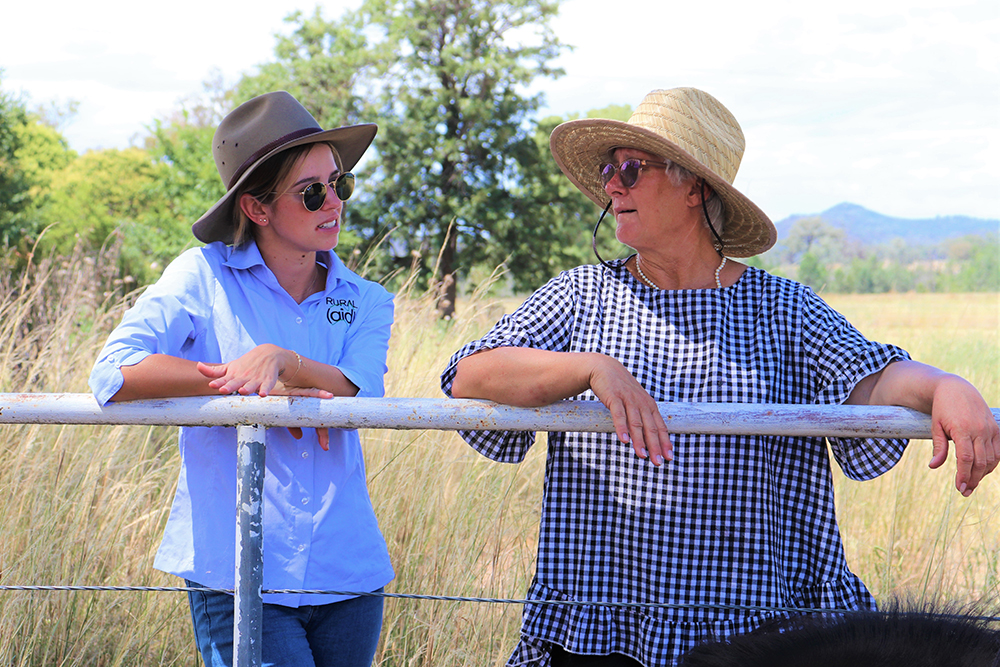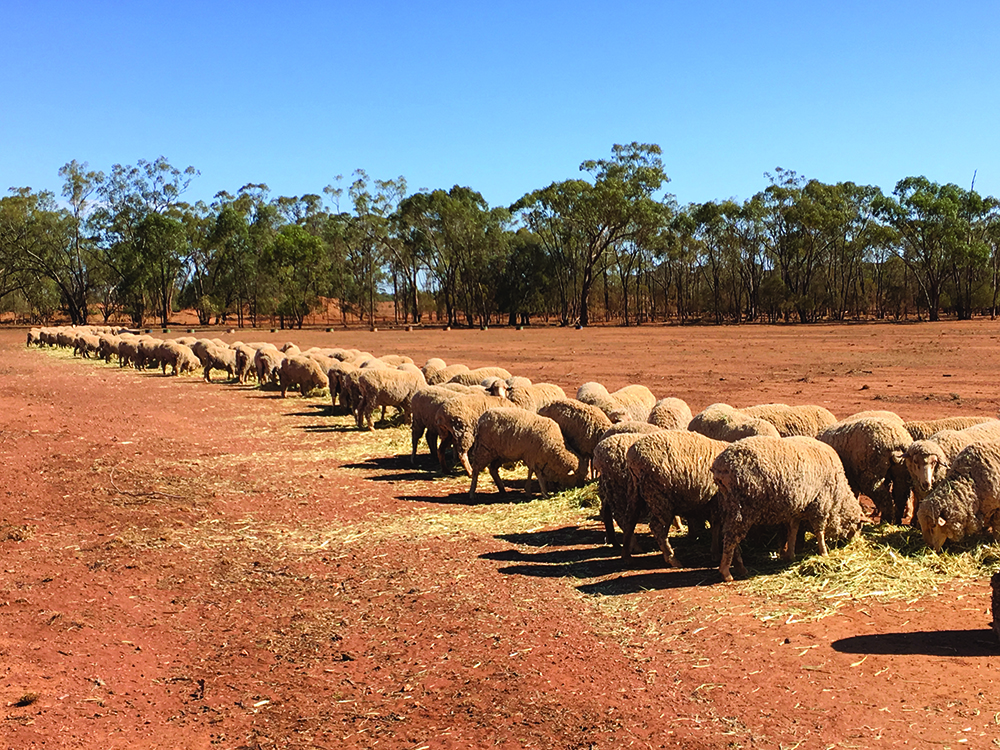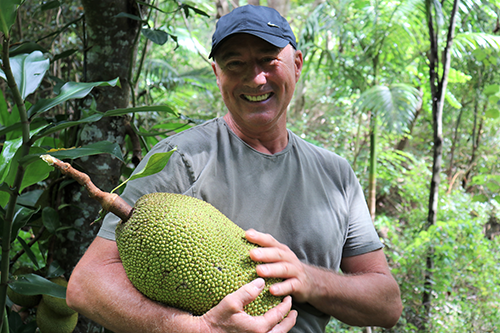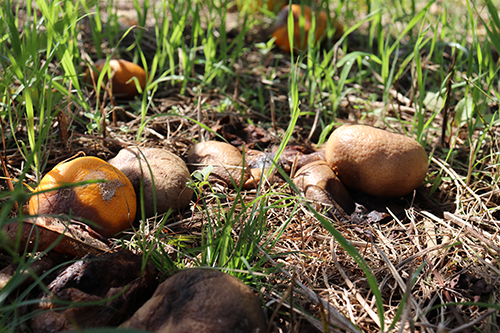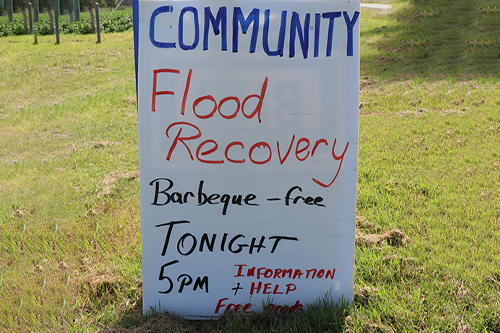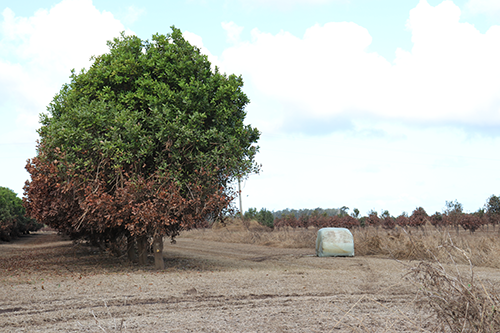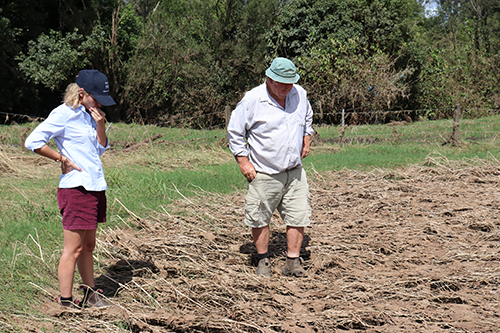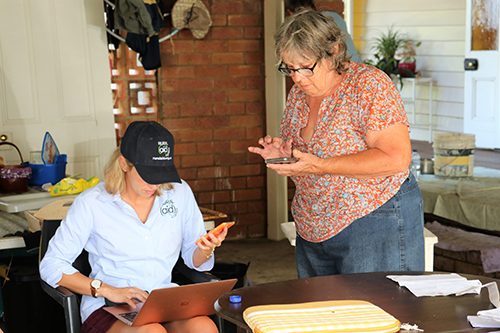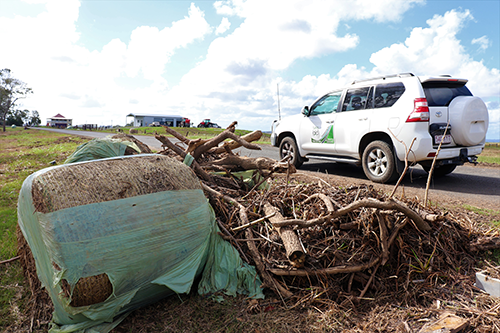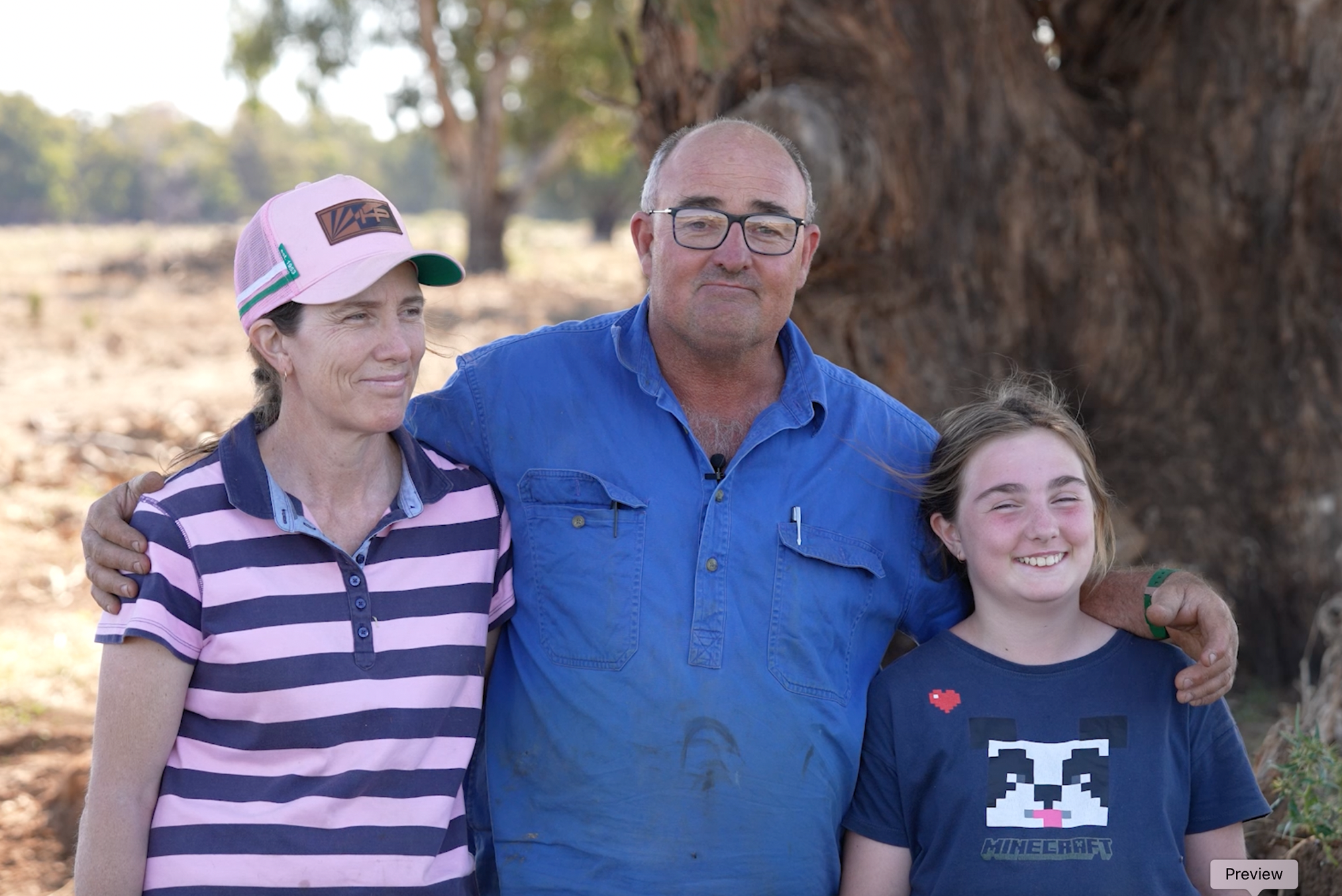
While the news headlines may have moved on, for the residents of Forbes, New South Wales, the catastrophic events of the November 2022 floods are still very fresh in mind.
The scale of the devastation was, and remains, incomprehensible.
As thousands of residents scrambled to evacuate, they watched helplessly as their homes, animals and livelihoods washed away, with no time to prepare as the wall of water bore down.
Like many of his neighbours, Scott Darcy’s fodder harvests were decimated, and his 1800 sheep faced starvation in the subsequent days and weeks. His property was cut off for seven weeks straight, and by the time he could drive out, his truck’s registration had lapsed, rendering his much-needed mode of transport unusable.
For Scott, Rural Aid’s delivery of 480 tonnes of hay on December 15 was a welcomed relief.
“The sheep behind us, we just fed them with donation hay from Rural Aid, who have been fantastic. The generosity of the Australian public has been fantastic. It’s good to know the Australian spirit is out there to help farmers in need,” Scott said.
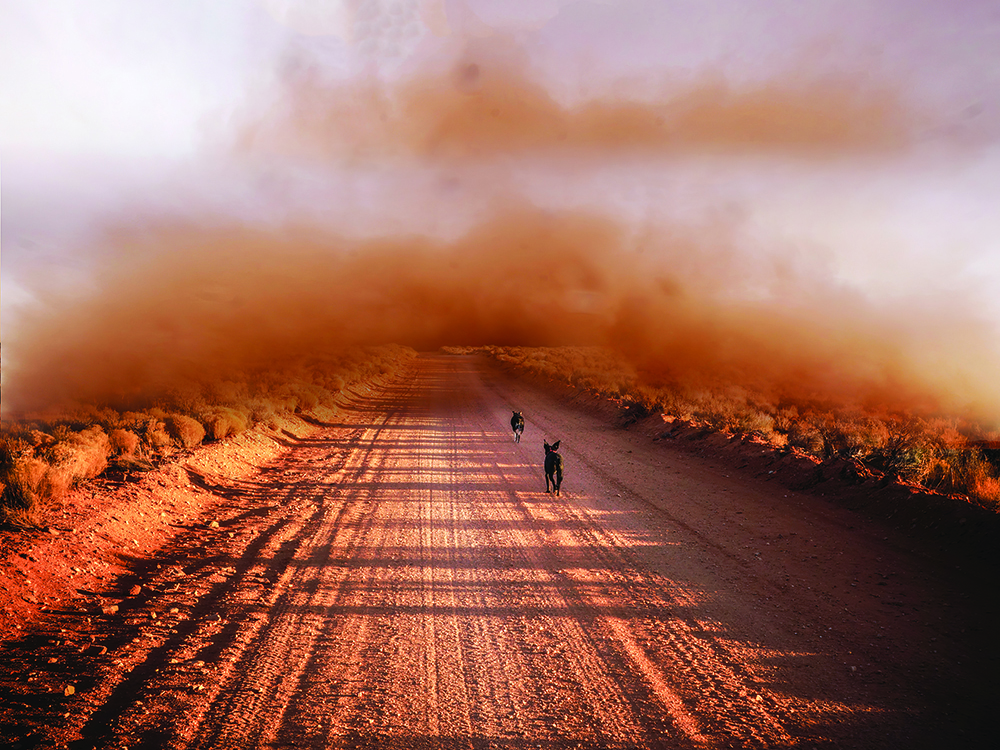
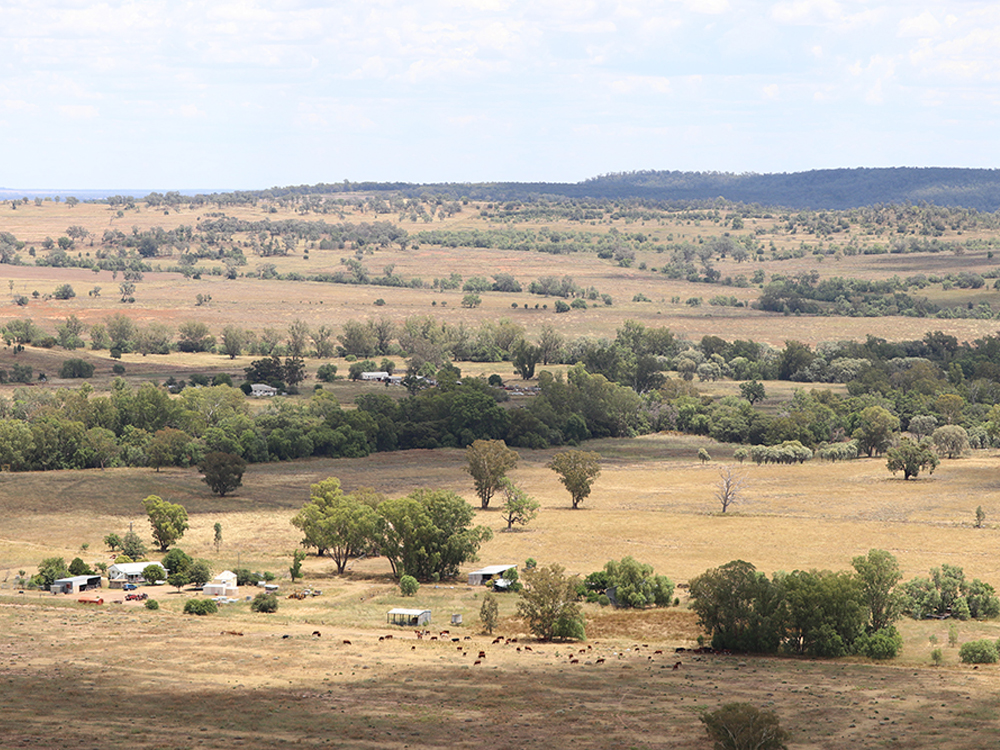
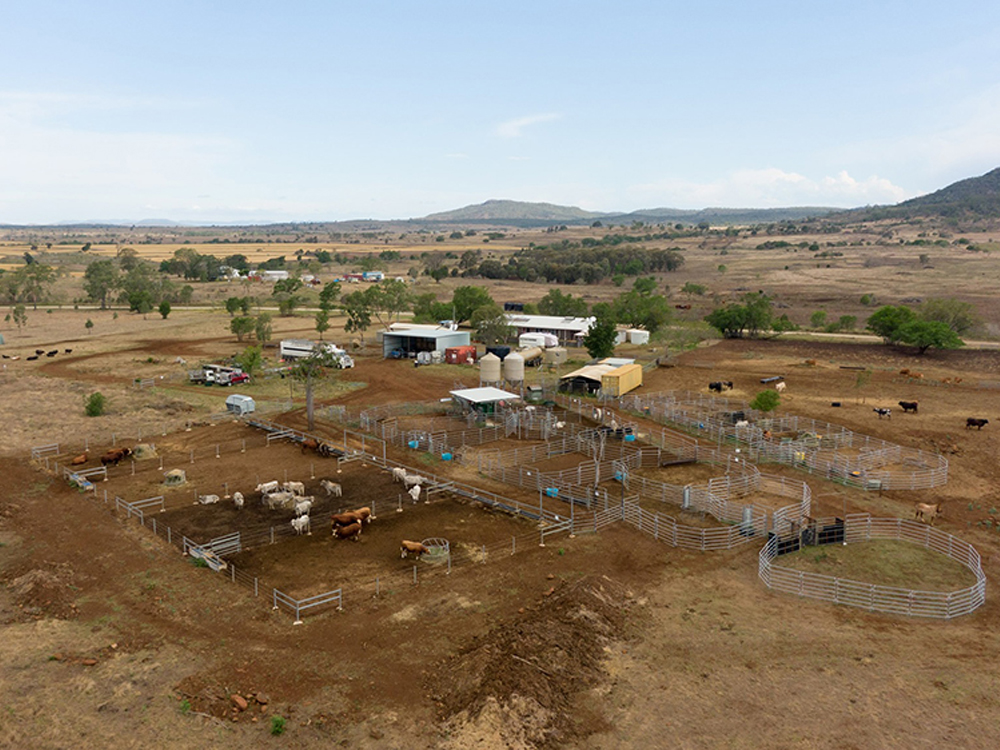
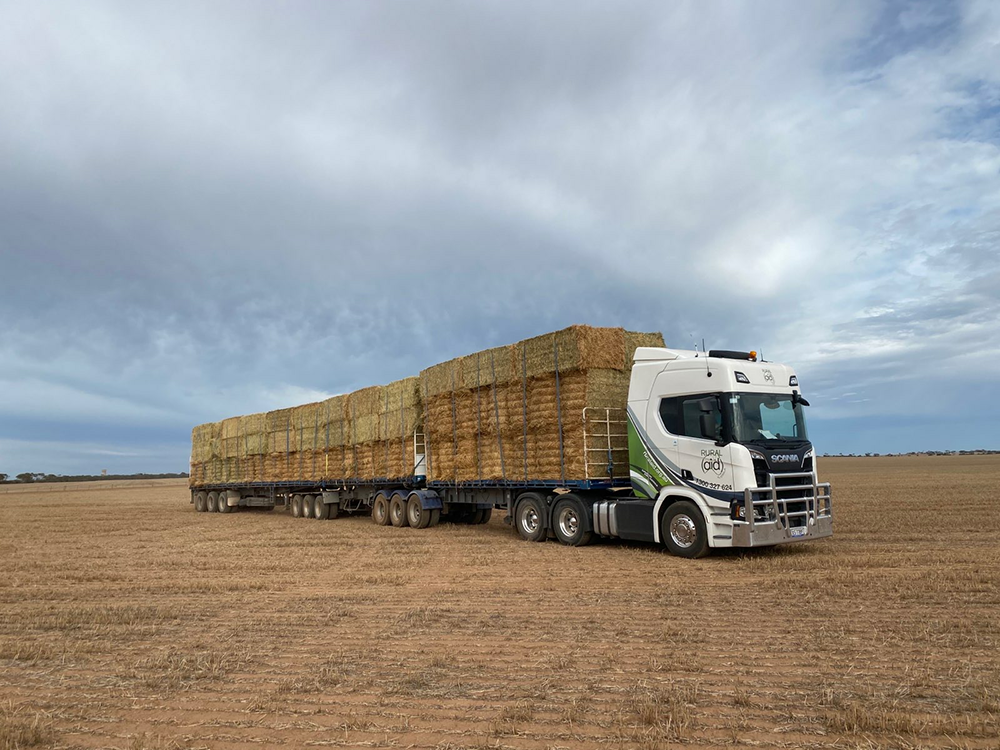
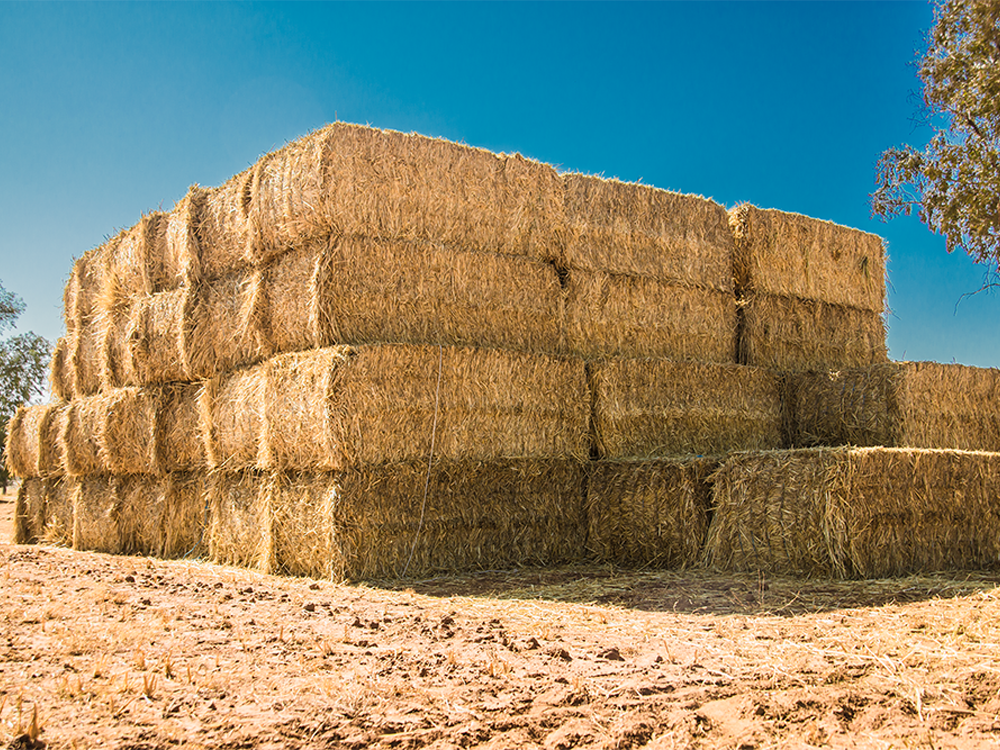
But the support did not stop there. Committed to standing with their mates in the bush for as long as they’re needed, Rural Aid returned on March 12 with 24 volunteers to assist with recovery efforts in neighbouring Eugowra—and there are further fodder and lick block drops yet to come.
“We’re a tough bunch, we’ll modify and make things work going forward. You’ve always got your neighbours to call on. I’m pretty lucky where we are, we have some good neighbours, a really neat group of people that live in this area,” Scott said.
Rural Aid continues to support the residents of Forbes and the surrounding towns with fodder, counselling, and financial support as they walk this long road to recovery together.
Please consider showing your support to rural Australians experiencing the daunting task of rebuilding their homes and livelihoods.
